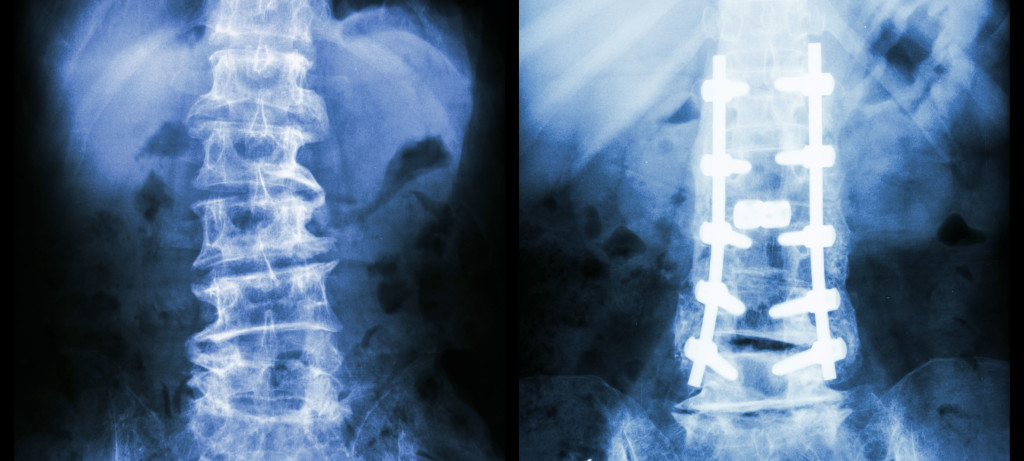What Happens when Spine Hardware Breaks?
Category: Spine Surgery | Author: Stefano Sinicropi
We have previously written about spine hardware – the possibility of it loosening over time, whether or not it can set off metal detectors, and its ability to make noise after surgery. In this article, we are going to discuss the likelihood of spine hardware breaking after surgery, and the steps you should take if this happens to you.
Why Spinal Hardware Breaks?
Screws, plates, rods, and other types of spine hardware are made of incredibly strong and sturdy materials (usually titanium and/or composites). They are made to be long lasting and resist breaking.
Though it is unlikely, it is possible for spine hardware to break after an operation for several reasons. If the patient experiences an acute injury (such as a car accident injury), the implanted hardware may break, or move out of its proper place. Breakage of hardware can also be the result of a particularly unstable spine. In a spinal fusion procedure, hardware is typically used to stabilize the spine while the bone graft fuses the vertebrae together. Depending on the patient, the bones can fuse quickly, or they can take some time. The longer it takes for the vertebra to fuse together, the more likely the spine hardware is to wear out and break.
What to do if Hardware Breaks
The first step in fixing any problem is identifying and confirming the diagnosis. If you feel any significantly increased pain, or something just doesn’t feel right after your spine surgery, contact your surgeon right away to address the issue. If there is an issue with your implanted spine hardware, your physician will first confirm with an x-ray or other imaging scan. If a plate or screw has moved out of place or broken in some way, a revision surgery will likely be necessary to remove the broken hardware and replace it.
